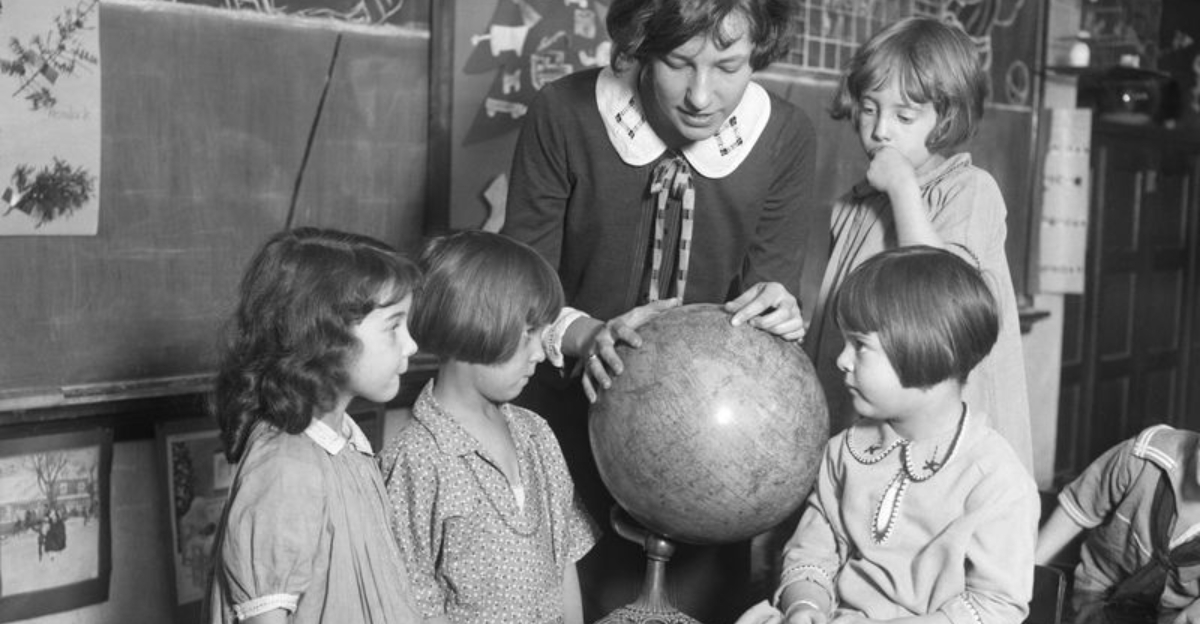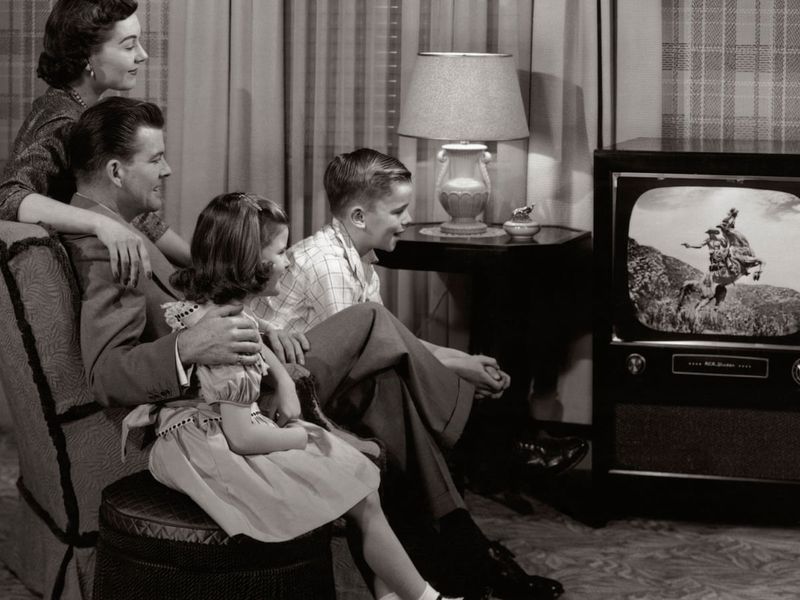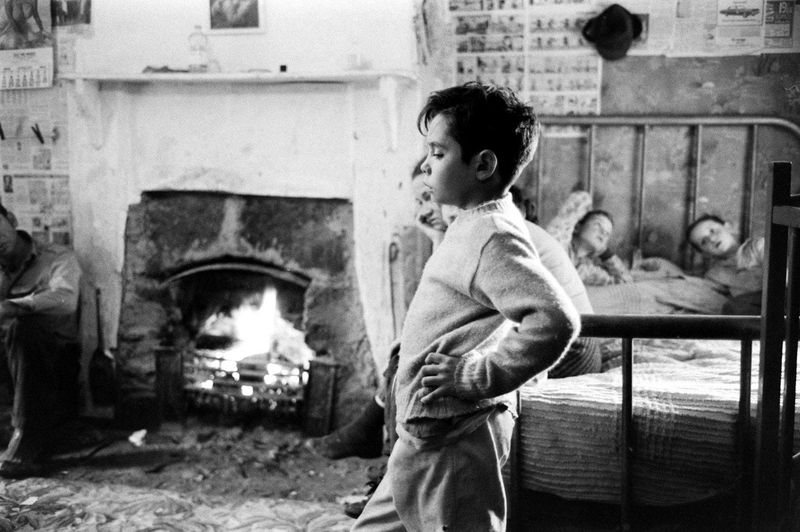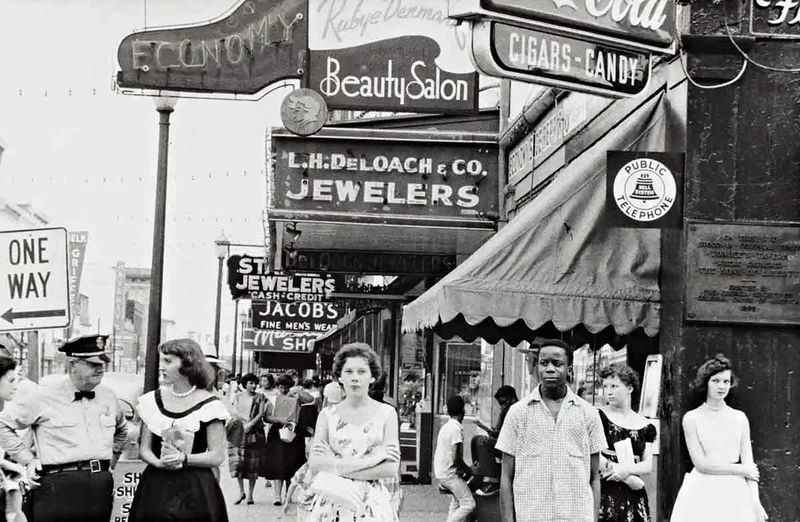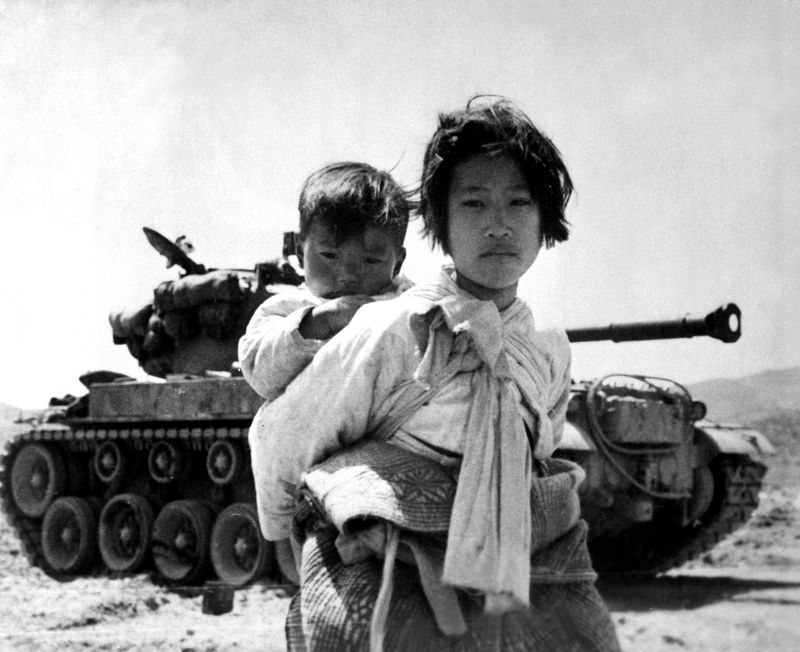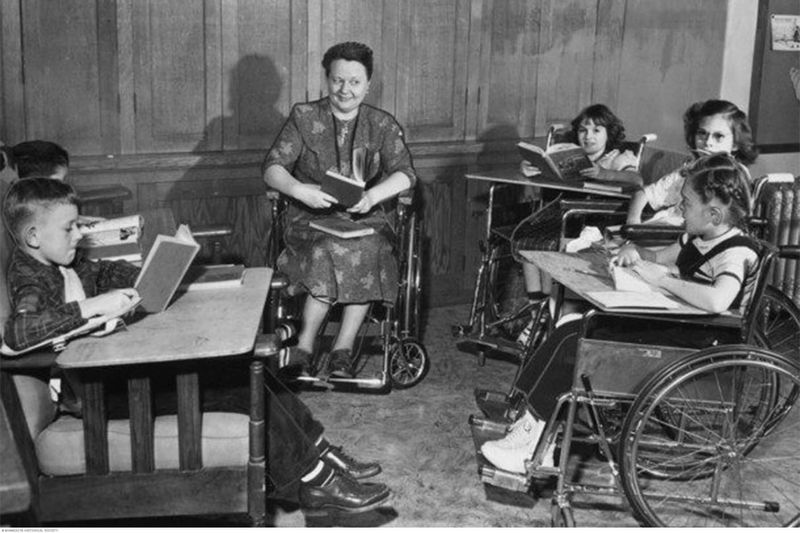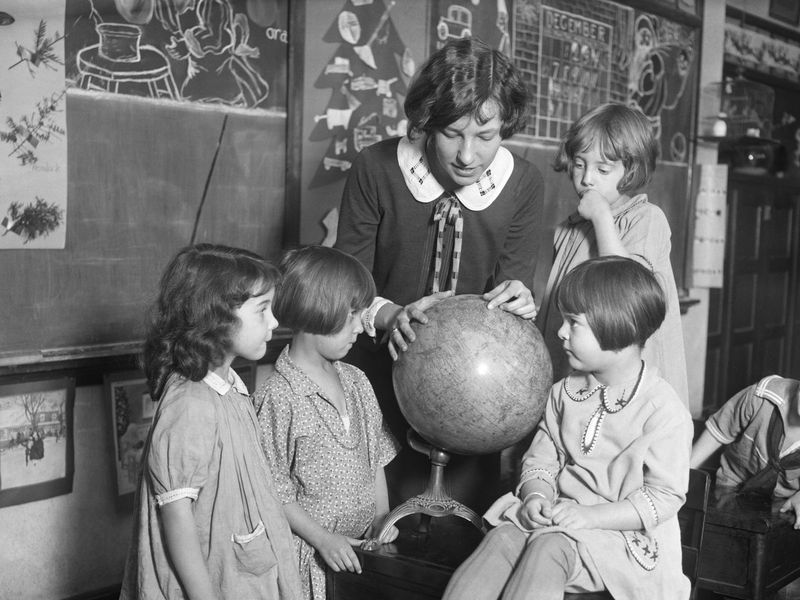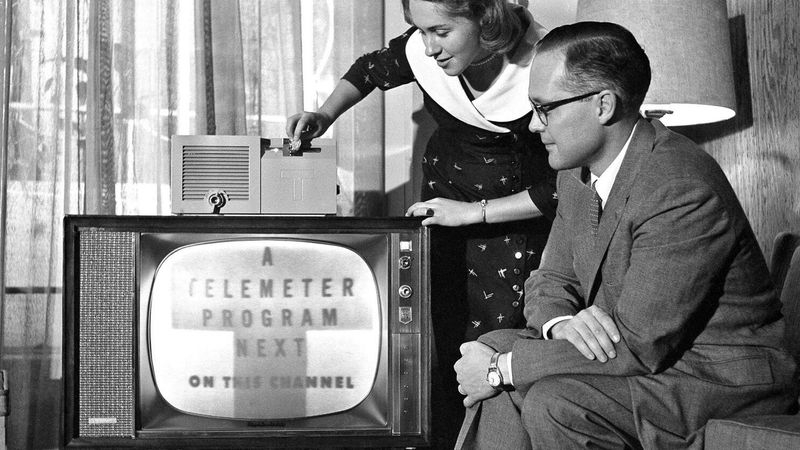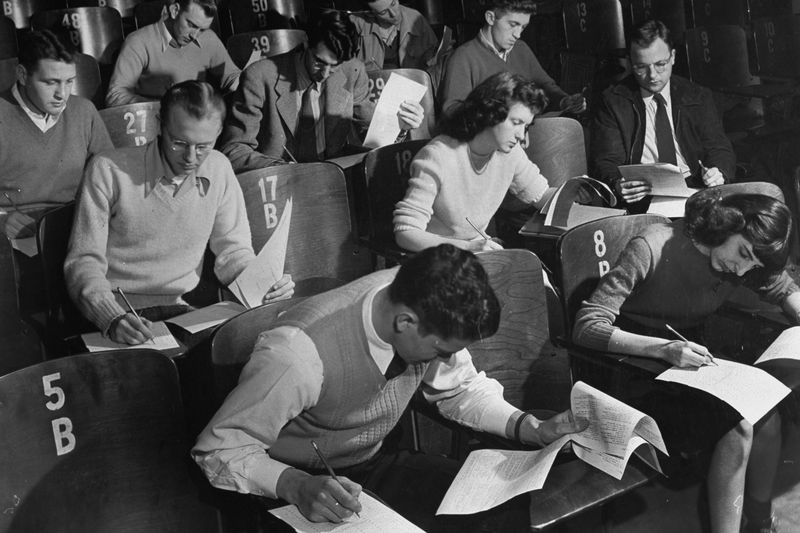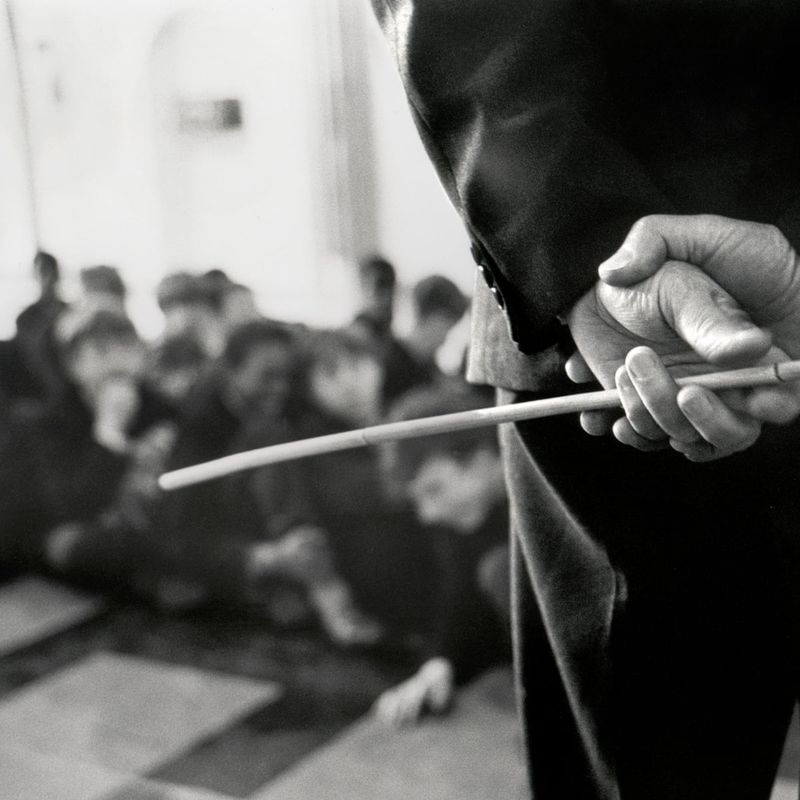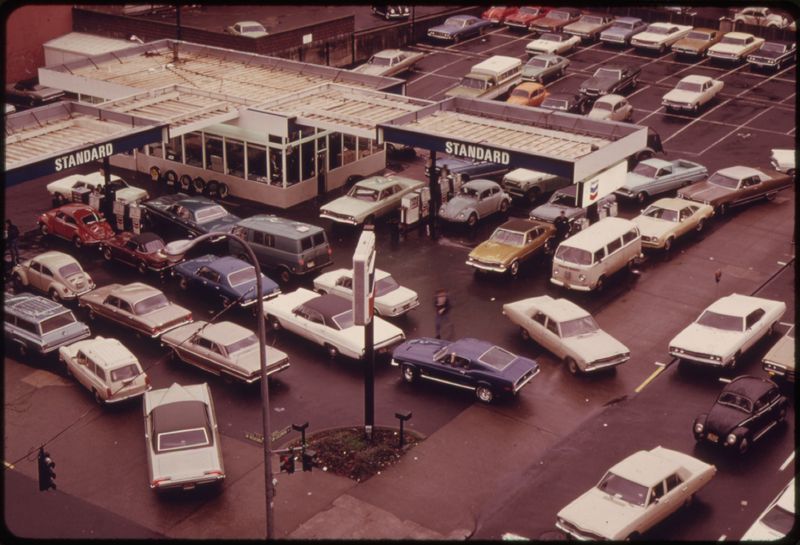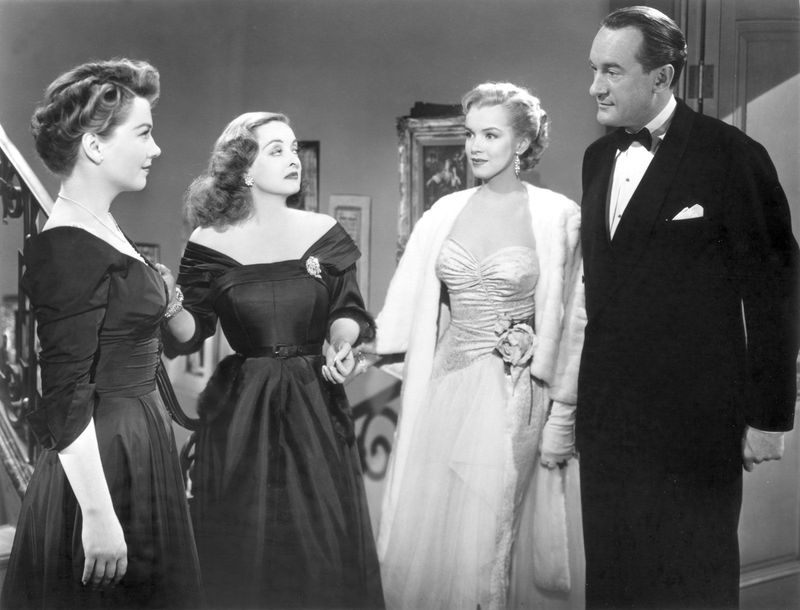Growing up in a drastically different era, Baby Boomers encountered challenges that today’s Gen Z might find unimaginable.
From technological limitations to societal norms, Boomers navigated a world that required resilience, adaptation, and creativity in the face of adversity.
This blog post explores twenty harsh realities that shaped the lives of Boomers, offering a glimpse into a past where modern conveniences were absent, and societal expectations were rigid.
As we delve into these realities, we gain a deeper appreciation for the adaptability and endurance that defined a generation.
1. Rotary Phones
Boomers grew up with rotary phones, a far cry from today’s smartphones. Dialing a number meant spinning a wheel for each digit, which required patience and accuracy. Mis-dialing meant starting over, a frustrating experience for many.
Phone calls were tethered to one spot, limiting conversations to the length of the cord. Privacy was scarce, as most homes had only one phone, often positioned in communal spaces.
The experience of waiting for a call, unable to move far, is something Gen Z will likely never encounter. This taught Boomers patience and an appreciation for direct communication.
2. Black and White Television
Before the advent of color TV and streaming services, Boomers were entertained by black and white television. Limited channels meant viewers scheduled their lives around broadcasts, with no option to record or pause.
Families gathered to watch shows together, creating shared experiences. Adjusting the antenna was a common ritual to improve reception, often requiring creativity.
Gen Z, accustomed to vibrant screens and endless content, might find it hard to imagine such a monochrome world. This reality taught Boomers the value of family time and the joy of anticipation in entertainment.
3. Manual Typewriters
Boomers learned to type on manual typewriters, a stark contrast to today’s computers. Typing required strength and precision, as keys had to be pressed firmly. Mistakes were permanent unless corrected with white-out or retyping the entire page.
The sound of clicking keys filled offices and homes, a soundtrack of productivity. Unlike digital devices, there was no backspace or delete key, making each keystroke deliberate.
This taught Boomers the importance of accuracy and planning. For Gen Z, accustomed to autocorrect and spell-check, such meticulousness might seem arduous.
4. Strict Dress Codes
Boomers faced strict dress codes in schools and workplaces, often restricting personal expression. Uniforms were common, and even casual attire adhered to rigid guidelines. For girls, hemlines were measured, and boys’ haircuts were scrutinized.
Violations could lead to disciplinary action, emphasizing conformity over individuality. Today’s Gen Z enjoys more flexibility in self-expression through fashion.
For Boomers, these dress codes reinforced societal norms and authority, limiting creativity but fostering a sense of community identity. Navigating these restrictions taught them adaptability and the nuances of adhering to social expectations.
5. No Internet or Social Media
Boomers grew up without the internet or social media, relying on books and face-to-face interactions for information and connection. Research meant trips to the library, sifting through encyclopedias and card catalogs.
Friendships were nurtured in person, through phone calls or handwritten letters. Without instant communication, patience and planning were crucial. Gen Z thrives on digital connectivity, making the Boomers’ analog world seem distant.
This lack of digital distractions fostered deep interpersonal skills and the ability to focus, traits that are increasingly rare in today’s fast-paced, digital society.
6. Limited Career Choices for Women
Career options for women were limited during the Boomer era, with societal expectations steering many into roles like teaching, nursing, or secretarial work. Barriers to entry in male-dominated fields were high, often requiring persistence and resilience.
This lack of opportunity spurred the women’s liberation movement, leading to gradual changes over decades. Gen Z, raised with more gender equality in career opportunities, might find this limitation hard to fathom.
Boomers’ experiences laid the groundwork for today’s more inclusive workplace, teaching lessons in perseverance and the importance of advocacy for equal rights.
7. Cold War Tensions
Living through the Cold War, Boomers experienced constant anxiety over the threat of nuclear war. Regular duck-and-cover drills in schools instilled a sense of fear and preparedness.
The geopolitical tension influenced media, politics, and public sentiment, creating a pervasive atmosphere of distrust. Gen Z, growing up in a different global context, may find it hard to grasp the daily reality of such looming threats.
This period taught Boomers resilience in the face of uncertainty and the importance of global awareness. The lessons learned shaped their worldview and attitudes toward conflict resolution.
8. Polio Epidemic
The polio epidemic was a terrifying reality for Boomers, prior to the widespread availability of vaccines. Parents lived in fear of their children contracting the disease, which could lead to paralysis or death.
Public spaces like pools and theaters were avoided during outbreaks, affecting daily life. The eventual vaccine was a monumental relief, highlighting the importance of medical advancements.
For Gen Z, who have benefited from modern vaccines, such widespread health fears are less common. Boomers’ experiences with polio underscore the critical role of science in safeguarding public health.
9. Gender-Specific Education
Education during the Boomers’ youth was often segregated by gender, with boys and girls receiving different curricula. Boys were typically taught subjects like woodworking and math, while girls focused on home economics and sewing.
This reinforced traditional gender roles, limiting future opportunities and aspirations. Gen Z, experiencing more egalitarian educational settings, may struggle to understand these imposed limitations.
For Boomers, this education system instilled skills deemed appropriate for their gender, but also fostered a desire for equality and change. It highlighted the need for an inclusive approach to education.
10. Limited Television Programming
Television offerings during the Boomers’ childhood were sparse, with limited hours of programming and few channels. Content was heavily regulated, with broadcasts often ending at midnight.
Families structured their schedules around popular shows, fostering communal viewing experiences. Gen Z, accustomed to on-demand content, might struggle to imagine such scarcity.
This limitation encouraged Boomers to develop patience and creativity in their leisure time, often turning to books or outdoor activities. The shared viewing experiences also strengthened family bonds, creating memories and traditions that have lasted over generations.
11. Paper Maps for Navigation
Before GPS and smartphones, Boomers navigated roads with paper maps, requiring a good sense of direction and planning. Road trips involved unfolding bulky maps, plotting courses, and estimating travel times.
Detours or getting lost were common, requiring adaptability. Directions were often given verbally, relying on landmarks rather than precise addresses. Gen Z, who rely on digital navigation, might find such methods cumbersome.
For Boomers, this experience honed their spatial awareness and problem-solving skills, teaching them to adapt and improvise. It also fostered a sense of adventure and collaboration among travelers.
12. Air Travel Was a Luxury
Air travel during the Boomers’ youth was a luxury few could afford, with most families traveling by car or train. Flights were formal affairs, with passengers dressing in their best clothes.
The experience was glamorous but expensive, making it accessible to a privileged few. Gen Z, who view air travel as routine, might find this exclusivity surprising. For Boomers, each journey by air was an event, often marking significant occasions.
This taught them to appreciate the opportunity to travel and the importance of planning and saving for such experiences, shaping a generation of thoughtful travelers.
13. Smoking Everywhere
Smoking was ubiquitous during the Boomers’ era, with cigarettes a constant presence in homes, offices, and public spaces. Advertising glamorized tobacco use, and smoking was socially acceptable, even indoors.
health risks were not widely recognized, and non-smokers had little recourse against secondhand smoke. Gen Z, growing up with stringent smoking regulations, might find this acceptance astonishing.
For Boomers, the eventual awareness of smoking’s dangers highlighted the importance of public health education and advocacy. This shift in perception led to societal changes, underscoring the need for informed choices and regulatory measures.
14. Limited Access to Higher Education
Higher education was not as accessible for Boomers as it is for Gen Z. Financial and social barriers limited opportunities, especially for women and minorities. Many pursued immediate employment after high school, prioritizing financial stability.
This reality spurred movements for educational reform and greater inclusivity. For Boomers, education was a privilege, not a given, fostering appreciation for learning opportunities.
Gen Z, with wider access to scholarships and diverse institutions, might overlook these historical constraints. Boomers’ pursuit of education highlights the importance of perseverance and advocacy in creating equitable opportunities for future generations.
15. Physical Punishment in Schools
Corporal punishment was a common disciplinary method in schools during the Boomers’ era. Teachers used physical means like rulers or paddles to enforce rules and maintain order.
This approach instilled fear and compliance rather than understanding or respect. Gen Z, raised with more progressive educational philosophies, might find such practices harsh.
For Boomers, these experiences underscored the importance of discipline but also highlighted the need for compassion and empathy in education.
The shift away from physical punishment reflects broader societal changes towards more nurturing approaches in teaching and parenting.
16. Oil Crises and Economic Instability
The 1970s oil crises brought economic instability, affecting Boomers’ lives significantly. Long lines at gas stations and soaring fuel prices were common, leading to widespread frustration.
The crises highlighted global interdependence and the importance of energy conservation. For Boomers, these challenges fostered resilience and adaptability in managing personal and economic resources.
Gen Z, largely unfamiliar with such scarcity, might struggle to relate. Boomers’ experiences during these times of hardship taught them valuable lessons in resource management and the importance of sustainable practices, paving the way for today’s environmental consciousness.
17. Vietnam War Draft
The Vietnam War draft loomed large over Boomers, with many young men facing compulsory military service. This period was marked by protest and division, as the draft fueled anti-war sentiments.
The fear of being drafted and sent to war was a harsh reality for many, shaping a generation’s outlook on authority and conflict. Gen Z, unfamiliar with conscription, might find it hard to grasp the weight of such decisions.
For Boomers, navigating this turbulent time underscored the importance of activism and the impact of government policies on individual lives, lessons that resonate today.
18. Lack of Diversity in Media
Media during the Boomers’ youth lacked diversity, with most shows and films featuring predominantly white casts and narratives. Representation of minorities was scarce and often stereotypical.
This narrow portrayal influenced societal perceptions and limited understanding of cultural diversity. Gen Z, enjoying a more inclusive media landscape, might find this lack of representation surprising.
For Boomers, exposure to such media shaped their views but also ignited a desire for change and inclusivity. This awareness spurred movements for more accurate and diverse storytelling, paving the way for today’s richer and more varied media.
19. Home Appliances Were a Luxury
Home appliances were not as ubiquitous during the Boomers’ childhood as they are today. Many families managed without dishwashers, microwaves, or even washing machines.
Tasks that are now automated required manual labor and time, such as drying clothes on a line or washing dishes by hand. Gen Z, accustomed to convenience, might find it difficult to envisage such a labor-intensive household.
For Boomers, this reality taught self-reliance and resourcefulness, underscoring the value of effort. The gradual introduction of appliances transformed domestic life, highlighting the impact of technological advancement on everyday convenience.
20. Dangers of Leaded Gasoline
Leaded gasoline was common during the Boomers’ era, posing significant health risks. The emissions contributed to air pollution and elevated lead levels in the environment, affecting public health.
Awareness of these dangers grew over time, leading to bans and the switch to unleaded gasoline. Gen Z, benefiting from cleaner air standards, might find past practices concerning.
For Boomers, the transition highlighted the importance of environmental regulation and advocacy.
This shift underscored the role of informed decision-making in protecting public health and the environment, lessons that continue to resonate in today’s discussions on sustainability.
